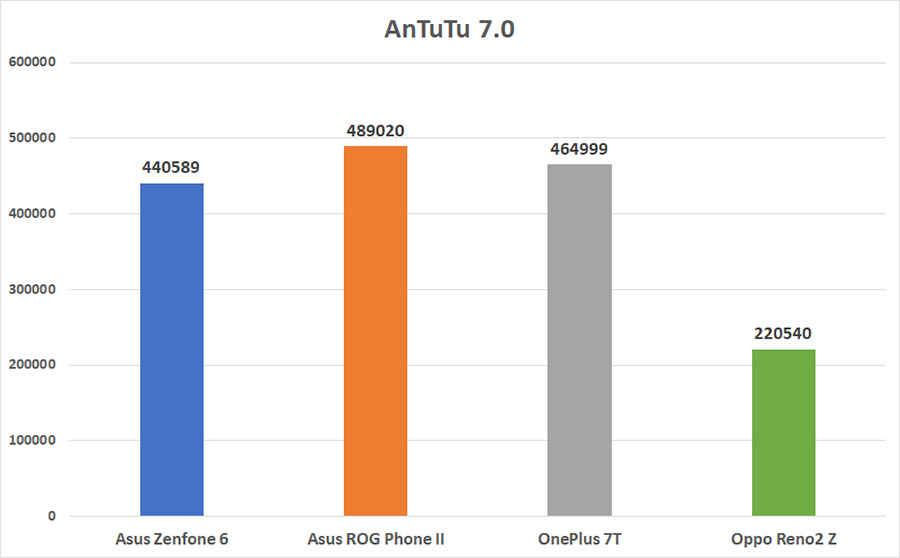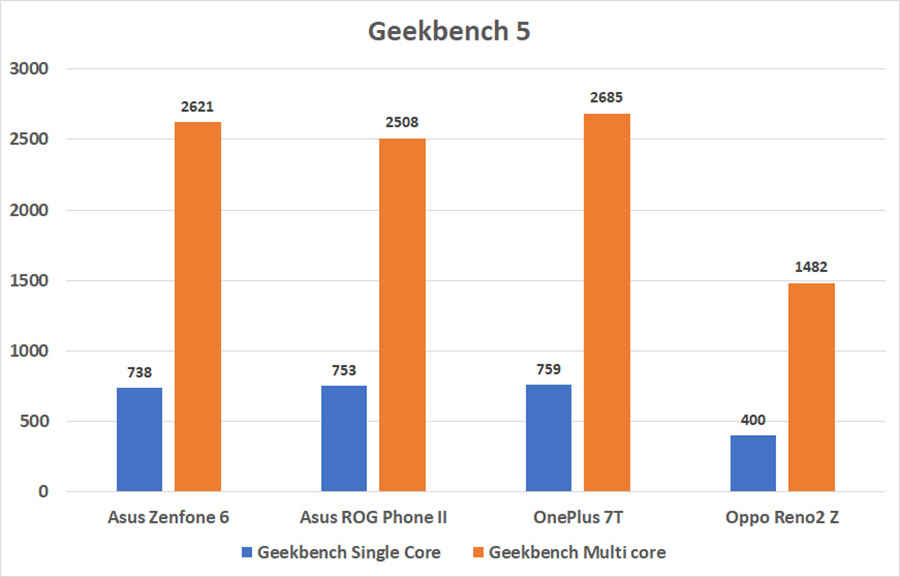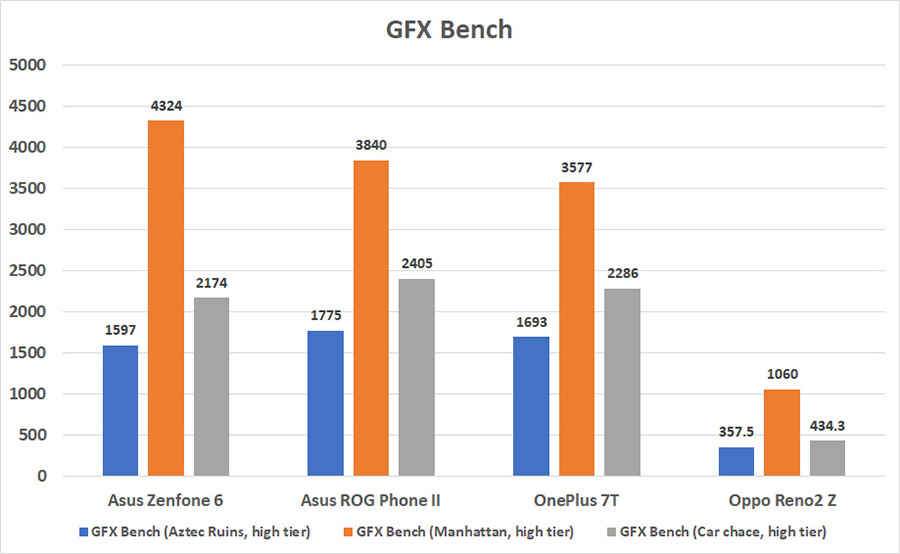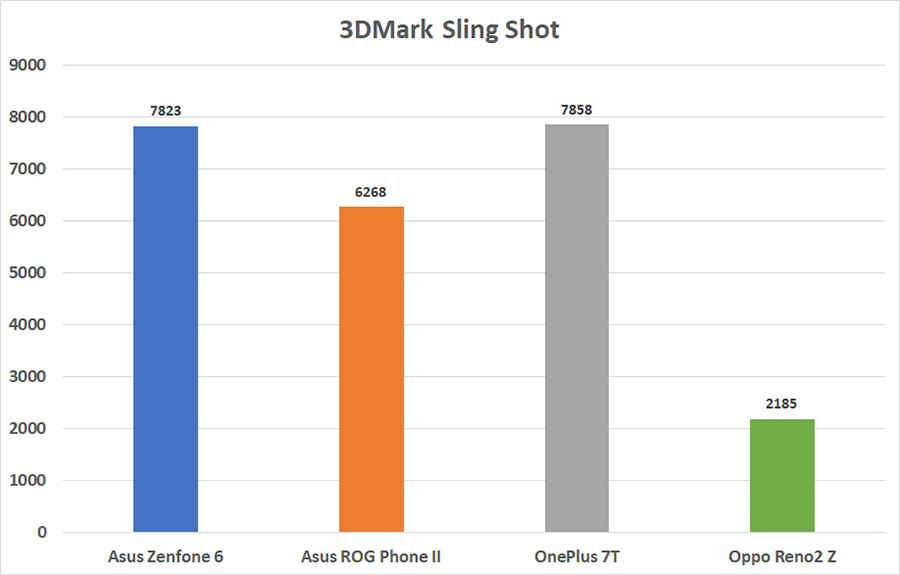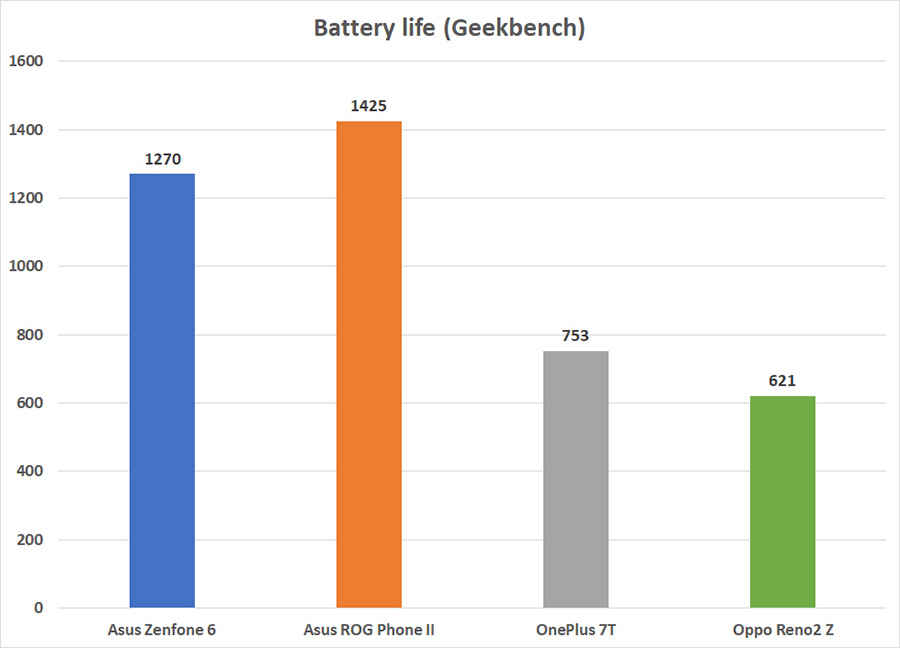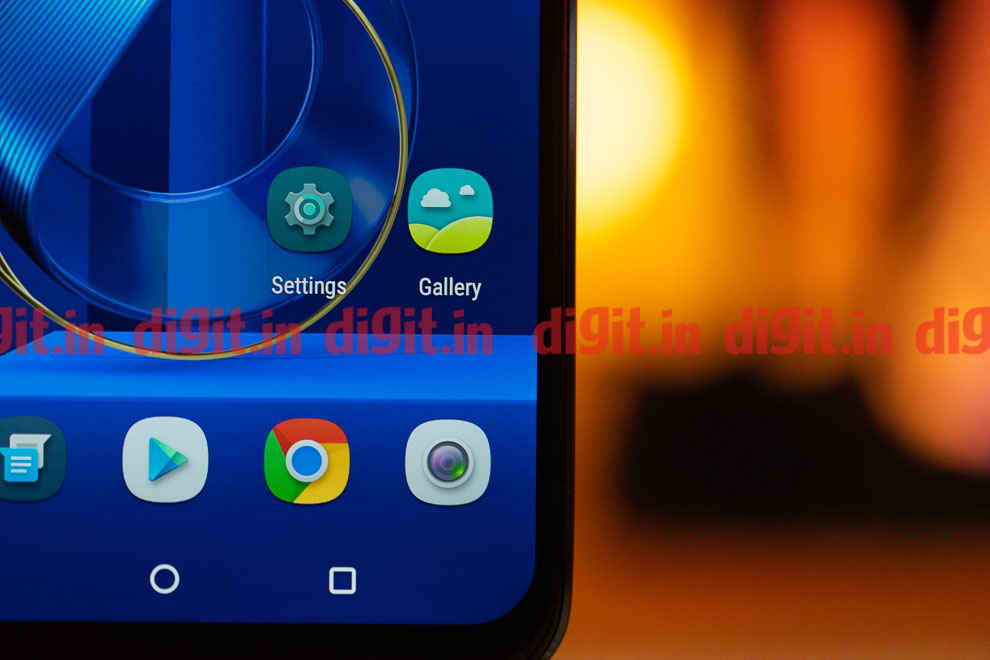Asus 6z Review : Perfectly functional
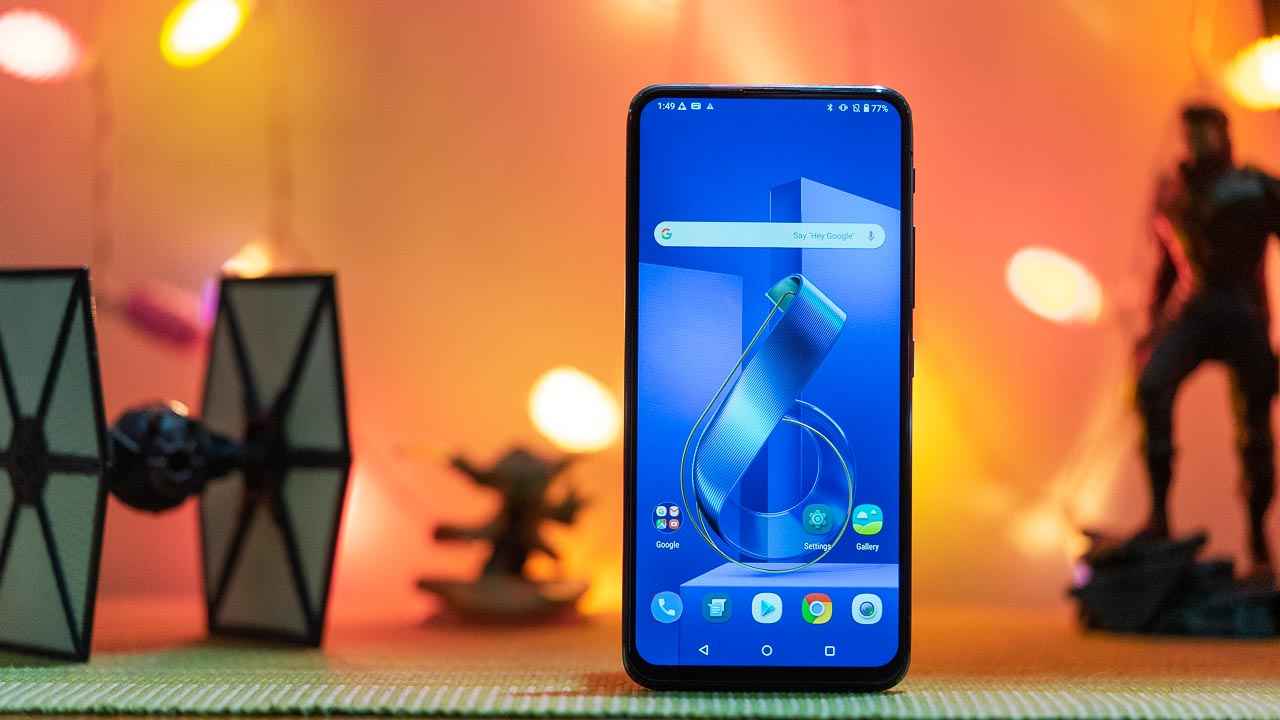
The Asus 6z is a perfectly functional smartphone and offers all the features you'd expect at this price point. The performance is up to the same levels as other smartphones with the Qualcomm Snapdragon 855, so you're not getting anything exceptional in terms of performance. The camera is the star feature of this smartphone, giving you exceptional quality of selfies. The other great thing about the Asus 6z is the fact that it has a 3.5mm headphone jack and also a dedicated microSD card slot that supports cards of up to 1TB. The Asus 6z is perfectly functional in every way, even giving competition to some of the more expensive smartphones in some areas
When Asus released the Zenfone 5z, many were skeptical about the phone, saying that Asus probably got lucky with the product. Well, the 6z is a follow up to the supposed one-hit-wonder and we’ve been testing it extensively to figure out whether the naysayers were right. Read on to find out.
Performance
The Asus 6z is powered by the Qualcomm Snapdragon 855 paired with 8GB LPDDR4 memory and 256GB of on-board storage. As far as specs go, the Asus 6z doesn’t leave out anything that’s going to make a big difference on performance, perhaps save for UFS 3.0 storage. In all honesty, the lack of UFS 3.0 storage should not be a deterrent for anyone considering buying this phone. We ran our usual suite of benchmark tests followed by our gaming tests to find out just where the Asus 6z lies in the performance spectrum. What we found was definitely not disappointing.
In synthetic benchmarks, the Asus 6z manages to rack up impressive numbers. The Geekbench 5 benchmark noted the Asus 6z scoring 768 in the Single-Core and 2621 in the Multi-Core tests. In comparison, the ROG Phone II from Asus has a Geekbench score of 753 and 2508 for single and multi-core tests respectively. AnTuTu also sees the 6z perform admirably, with a respectable score of 440589. In benchmarks that are more GPU-bound, such as 3DMark and GFXBench, the Asus 6z doesn’t leave room for complaint. The scores come very close to those of the OnePlus 7T, which is powered by the Qualcomm Snapdragon 855+ that sports a slightly faster Adreno GPU.
Coming to real-world performance, we measured the phone’s gaming performance using Gamebench, which allows us to measure real-time CPU-GPU use along with recording frame rates and even jank. For PUBG Mobile, we recorded a median frame rate of 60fps with 96 percent stability. The gameplay itself was butter smooth, with the game’s graphics set to Extreme and the resolution set to HD. For Asphalt 9, we recorded a median frame rate of 30fps with 93 percent stability. Unfortunately, Asphalt only runs in 60fps on very select devices and the Asus 6Z is not one of them.
Using the Asus 6z as a daily driver reveals that the hardware and software on the phone are married pretty well together, with no visual jitter noticed while switching between apps or even the two dozen tabs in Chrome. While editing photos in Snapseed, the previews are near-instantaneous and the file export takes a negligible amount of time, leaving no real reason to complain.
It is impressive to see how far smartphone hardware and software has come over the last two years. The Asus 6z is one such device whose performance is at a point where it is basically indistinguishable from that of its peers. Most phones in the high end segment will give you very similar benchmark numbers, but more importantly, also yield very similar numbers for frame rates. Where it will really be a differentiator is the camera and software experience, which we will talk abot next.
Camera
The Asus 6z comes with a dual-camera unit housing a primary 48-megapixel camera while the secondary ultra-wide camera has a resolution of 13 megapixels. The primary camera’s aperture is f/1.8 while the secondary camera has an aperture of f/2.4. So far, things are pretty standard. Where things get interesting is the fact that the 6z does not have a front-facing camera. Instead, the rear camera module flips upwards, turning the camera into a front-facing setup. This, gives the Asus 6z an unfair advantage given that it is able to use its Sony IMX586 48-megapixel sensor with all its binning chops as the front-facing sensor.
Taking about the performance of the camera itself, the primary camera is the strongest point on this phone. The Sony IMX586 sensor produces impressive photos in day light, as long as it’s the binned 12-megapixel image you’re looking at. While Asus has tried to stick with the “as-stock-as-possible” approach to the OS on the 6z, the camera app is a completely custom job.
When looking at the images from the primary camera, there is little to complain. The detail retention and dynamic range is at par with what we’ve seen from other smartphones with this sensor. While it does not produce images that could compete with the likes of the iPhone 11 Pro or even the Samsung Galaxy Note 10+, it stands neck-to-neck with its peers such as the OnePlus 7T. Where the Asus 6z does falter a bit is with regards to the ultrawide lens, which tends to produce slightly soft images straight out of the camera. You can see some of the samples below to understand the quality of the images.
The ultrawide lens has noticeably soft edges
No slouch under low light shooting conditions
What is impressive is the speed with which the autofocus works in both good and poor light. The autofocus is only present on the primary camera, with the ultrawide camera being devoid of this feature. Also, the ultrawide camera is just not suited for shooting in low light, due to its restrictive f/2.4 aperture. Sticking to the regular lens will yield better results in low light.
While as a rear camera, the Asus 6z’s dual cameras don’t make that big of a mark, where they do end up excelling is as front-facing cameras. With most other smartphones, OEMs end up using extremely small sensors with densely packed pixels which generally ends up in giving not that great image quality. With the Asus 6z, that’s not the case as you get the very best of the imaging sensors in the market to take selfies for you.
Overall, the Asus 6z offers a good enough imaging experience, which is at par with the best in its class.
Battery life
The Asus 6z comes packing a whopping 5000mAh battery, which is probably why the phone weighs 190 grams and measures 9.2mm in thickness. With a battery this massive, there’s no doubt that the phone will last you an acceptably long time. On the Geekbench 4 battery test, the phone lasted close to 21 hours, which is impressive by all counts. In daily usage, the phone delivered close to 2 days of use, despite the IPS display. Typically smartphones end up using AMOLED panels in order to ge the most out of the battery life, but the Asus 6z sticks with a colour-accurate IPS display and still manages to provide exceptional battery life. Suffice to say, you’re not going to have any complaints with regards to battery life when it comes to the Asus 6z. Also, if you’re thinking that leaving wireless charging out of the package wasn’t the best idea, just think about how long it would take to actually charge a 5000mAh battery on a wireless charger.
Display
The Asus 6z sports a 6.4-inch IPS display which means absolute colour accuracy when it comes to the sRGB colour gamut. The resolution on this display is 1080×2340, pegging its pixel density at roughly 403 ppi. At a time when most companies are starting to move to AMOLED displays, even in much cheaper smartphones like the Redmi K20, Asus sticking with IPS LCD panel is a weird choice. Despite that, we get a panel that can go as high as 556 lux of maximum brightness and go as low as 4 lux for incredibly comfortable use in pitch dark.
The Asus 6z comes with an IPS LCD display instead of AMOLED
Daylight legibility of the Asus 6z’s display is pretty decent, and while the screen is bright enough for day-time use, the panel is a little on the reflective side. It’s not too problematic but isn’t as easy to read as say the OnePlus 7T in bright day light. We’d say that the Asus 6z’s display is just about functional, but definitely not the best in class.
Conclusion
The Asus 6z is a solid follow-up to last year’s Zenfone 5z. Asus has utilized the strength of its engineering department to come up with the flip camera that offers selfies in a quality that no other smartphone can offer today. It offers a far more refined OS than previous seen on an Asus smartphone, one which is fast, smooth and impressively close to the feel of stock Android. The battery life on this phone is exceptional, and the performance doesn’t leave room for complaints. However, the Asus 6z fails to deliver a “wow” factor, that would set the experience of using the Asus 6z, or even owning the 6z apart from any other phone in this price segment. In reality, the best reason to go for the 6z over anything else in its class is the price of the smartphone, its combined performance metrics and the fact that it has a headphone jack. If you’re on a budget and can’t really up-spend on a OnePlus 7T, the Asus 6z really is a very good alternative.
Swapnil Mathur
Swapnil was Digit's resident camera nerd, (un)official product photographer and the Reviews Editor. Swapnil has moved-on to newer challenges. For any communication related to his stories, please mail us using the email id given here. View Full Profile

